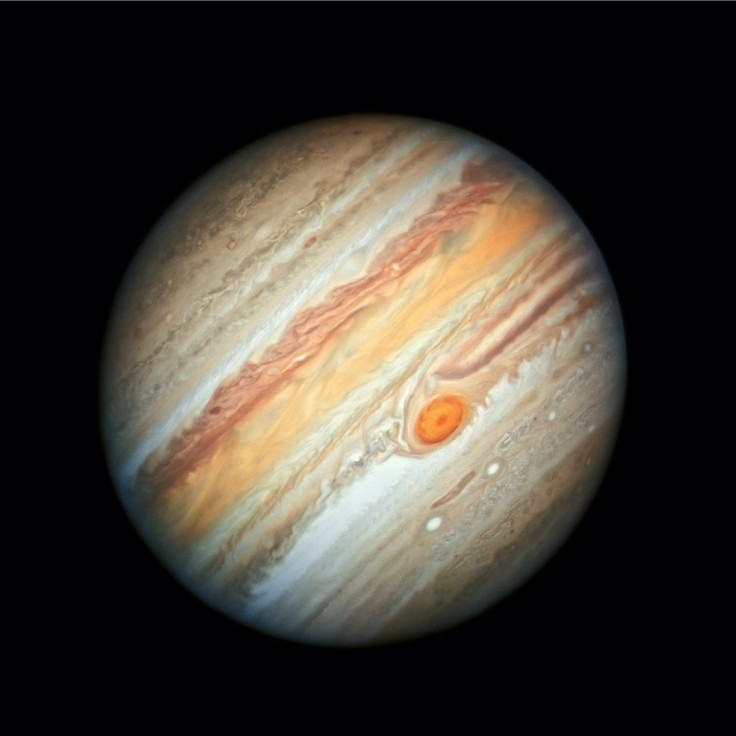NASA Hubble Snaps Best Photo Of Jupiter So Far, Mysterious Red Spot More Visible

NASA’s Hubble Space Telescope has captured a new highly-detailed image of Jupiter. The new image clearly shows the giant planet’s Great Red Spot as well as other features that can be spotted from Space.
Jupiter’s latest photo was captured by the orbiting telescope Hubble on June 27. It was taken as part of the Outer Planets Atmospheres Legacy Program, which aims to showcase yearly photos of other planets to monitor changes in their atmospheric features.
Probably the most noticeable feature of the planet is the Great Red Spot, which is a massive storm system that moves counterclockwise across the bands of clouds on Jupiter. According to NASA, the Great Red Spot is bigger than Earth.
“The Great Red Spot is a towering structure shaped like a wedding cake, whose upper haze layer extends more than 3 miles higher than clouds in other areas,” NASA said in a statement.
“The gigantic structure, with a diameter slightly larger than Earth’s, is a high-pressure wind system called an anticyclone that has been slowly downsizing since the 1800s,” the agency added. “The reason for this change in size is still unknown.”
Aside from the Great Red Spot, streaks of clouds with different colors can also be clearly seen in Hubble’s photo. The colors of the clouds, which move in opposite directions, are caused by the varying pressure in Jupiter’s atmosphere. Those with lighter colors are thicker and flow at a much higher level in the atmosphere than the dark ones.
Another striking image spotted by Hubble on Jupiter is the planet’s developing cyclone, which appears as an elongated feature right below the Great Red Spot. According to NASA, this cyclone produces winds that move in the opposite direction from the Great Red Spot. It is only one of the numerous cyclones spotted in Jupiter.
“A worm-shaped feature located below the Great Red Spot is a cyclone, a vortex around a low-pressure area with winds spinning in the opposite direction from the Red Spot,” NASA stated.
“Researchers have observed cyclones with a wide variety of different appearances across the planet,” the agency added. “The two white oval-shaped features are anticyclones, like small versions of the Great Red Spot.”
© Copyright IBTimes 2025. All rights reserved.





















